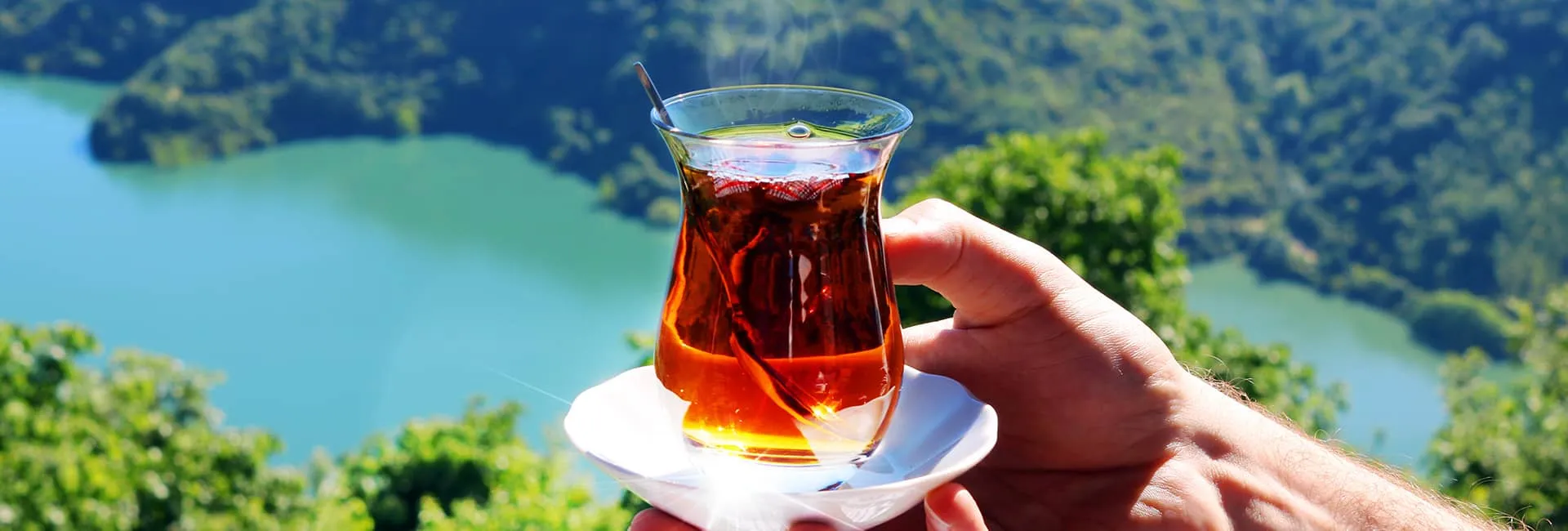Tea as a Symbol of Common Life and Culture in Anatolia
Turks and tea! We all know the obsession, yet how many of us know how it all started?
According to the sources, tea arrived to Türkiye from Japan for the first time in 1894 during the reign of Abdülhamid the second. From then on, tea became a popular beverage in the Ottoman palace, however outside the palace the public did not know it until much later. During the 20th century, Rize became the star producer of this delicious beverage. And since then Turks loved and embraced tea, incorporating it in all moments of daily life in Anatolia.
When it comes to tea, Turks do not limit themselves. There is not a specific time assigned to drink tea. We can drink our freshly brewed tea at any time of the day, anywhere. It can be weak or strong, with or without sugar.
For kids, tea can also be a rite of passage. The transition from sütlü tea (tea with milk) to pasha tea (tea mixed with cold water in a special way to make the cup look layered) is the transition from childhood to adolescence. And the transition from pasha tea to a cup of black tea is actually a symbol of the transition to adulthood.
In most sources, it is written that Turks came across tea in Central Asia long before entering Anatolia. It is reported that the first Turk to drink tea was Hoca Ahmet Yesevi, a poet. According to Abdül'll Kayyum Nasıri's work called Fevakiü'l Cülesa, Hoca Ahmet Yesevi recommended that the tea he drank for the first time in his Turkmen neighbor's house should be drunk for healing purposes.
No one really knows who designed the Turkish teacup, but the first time you come across a teacup is in Hodja Ali Rıza's (1858 - 1930) painting called 'Samovar.'
